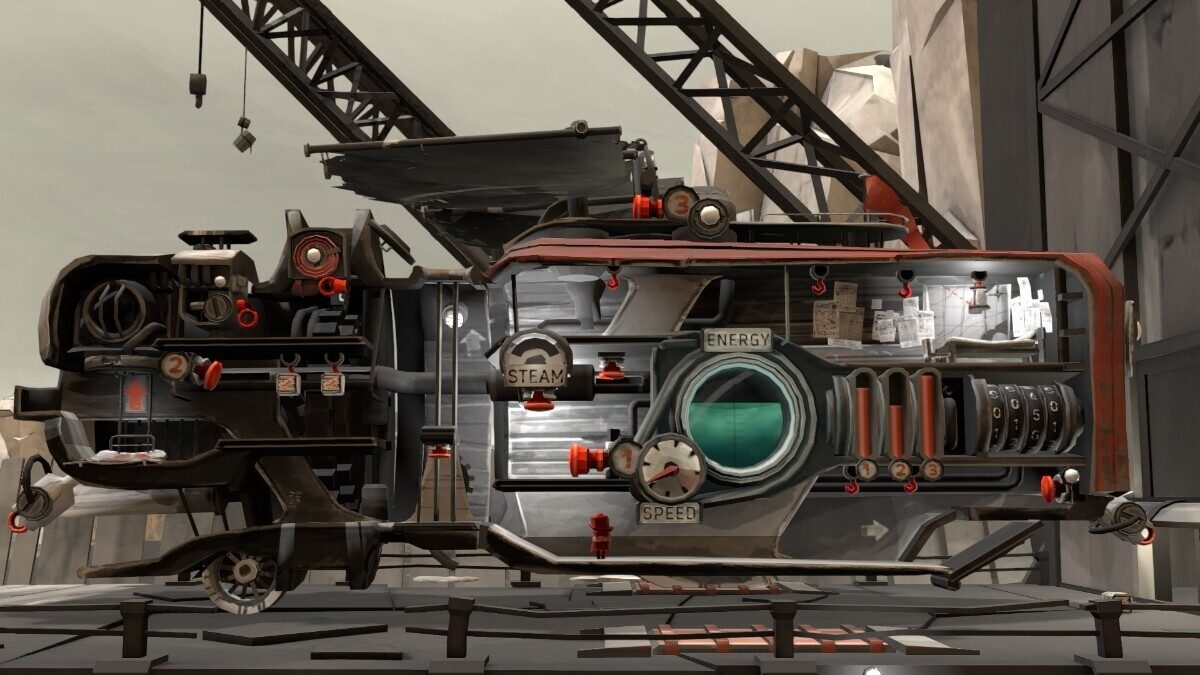Video games have become mainstream. They are an integral part of everyday life for children, young people, and adults. Whether we think of PC-based games, virtual reality and augmented reality versions or mobile games, Switzerland, with as many as 120 game studios, has become an interesting base for internationally renowned small to medium-sized firms producing games.
A closer look reveals a wealth of applications: Swiss studios produce titles and products that span entertainment, therapy, and rehabilitation, along with games that teach educational content and cultural values. Swiss games are unique in many respects. Pronounced references to the Swiss design tradition (see Organism), an experimental spirit (see SOMN), innovation (see Down the Road), the high percentage of female game designers (see Vendari), strong research links between games and other academic disciplines (see Sphery AG), and of course their sound design (see FAR: Lone Sails) ensure that Swiss games stand out from the crowd internationally.


Abb. 1: Vendari, 2020, Denise Meier und Eileen Rüegg, © ZHdK.
Abb. 2: Down the Road, 2021, Johannes Köberle, Team: Malik Benabdallah und Arno Justus, © ZHdK.

Organism, 2016 – 2022, Marco Bach, Tunay Bora und Florin Gasser, © ZHdK.
The Game Design track at Zurich University of the Arts is one of Switzerland’s most important study programs for budding game designers, thanks to the generalist focus of its bachelor’s and master’s degrees and its longstanding research on Serious & Applied Games. As part of the Design Department, it seeks to engage with the interplay between socially relevant topics and the quest to find new applications for games, while honing students’ signature experimental and visual styles.
Games were long viewed as a medium overshadowed by established forms of cultural production. Fortunately, however, times are changing. The rapid advance of digitalization, significantly accelerated by the pandemic, has boosted the social and intellectual acceptability of games and increasingly showcases them as vital cultural assets and naturally also as design objects. Theaters have begun approaching game designers and creating their own digital productions, museums make growing use of games in exhibitions, and games serve as a springboard for artistic explorations in the visual arts, literature, and film.


Abb. 1: FAR: Lone Sails, 2018, Developer: Okomotive AG. Publisher: Mixtvision.
Abb. 2: SOMN, 2021, Linn Spitz, © ZHdK.
Today, it is evident that games constitute a strong medium with numerous interdisciplinary points of reference. Cooperation between game design and academic partners or institutions from other backgrounds is essential for tackling future game productions from multiple perspectives and engaging in joint research into emerging trends and tendencies. The podcast series by Hiloko Kato (postdoc, German Department – Linguistics, under Prof. Hausendorf) and Maike Thies (research assistant in Game Design) brings together guest speakers from the University of Zurich and the Game Design track. In their discussions, they shed light on the games shown in the exhibition from their various professional perspectives, reveal potential common interests and interfaces, and imagine future synergies.
Curator & concept podcast: Maike Thies, Game Design, ZHdK
Concept podcast: Dr. Hiloko Kato, Deutsches Seminar, UZH
Video-Game creators: Johannes Köberle, Marco Bach, Tunay Bora, Florin Gasser, Denise Hohl, Eileen Rüegg, Linn Spitz, Okomotive
Composition and music FAR: Lone Sails: Joel Schoch
Technical Expert: Stefan Kraft